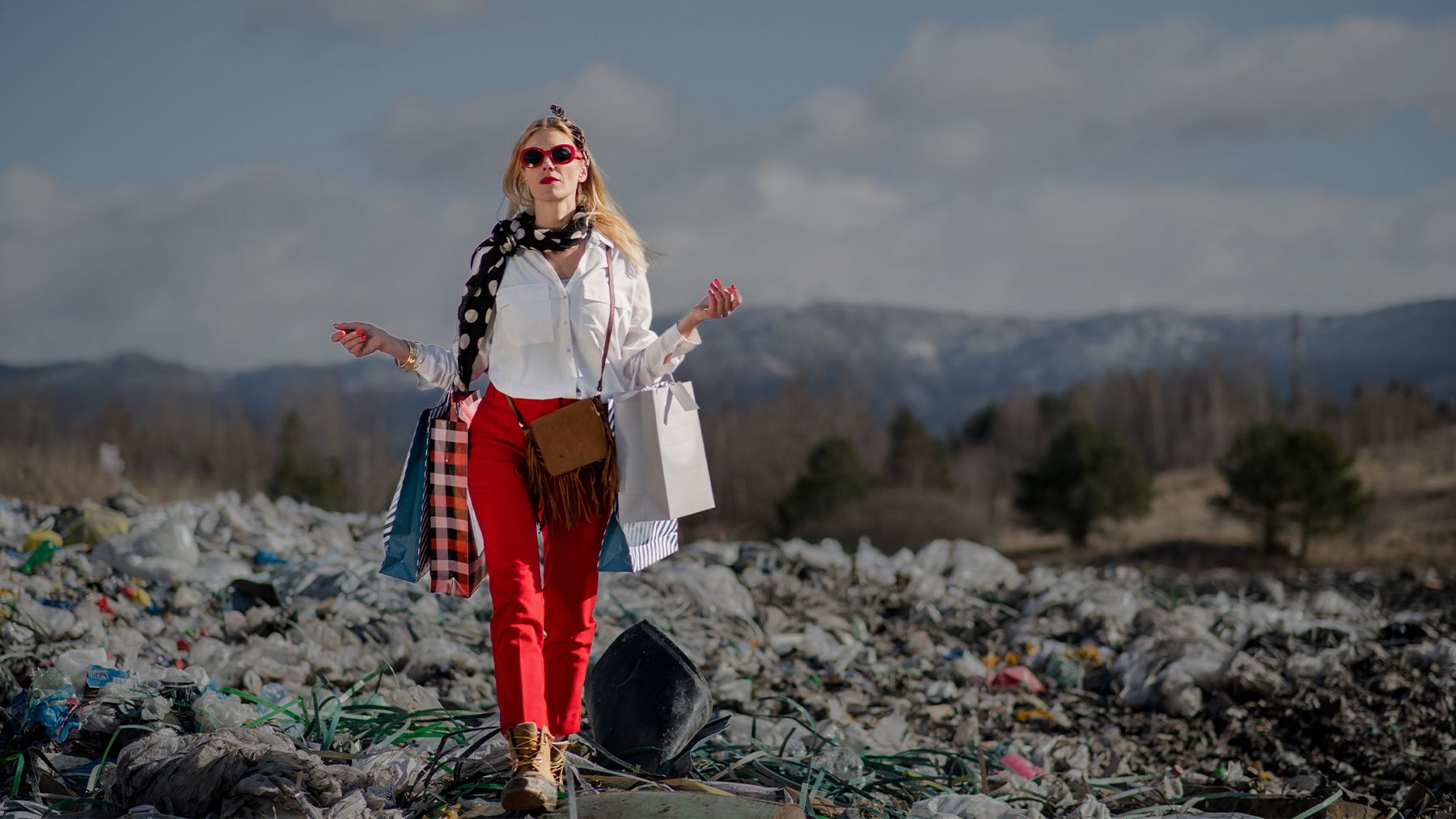
The European Union outlined ambitions Wednesday to create a more sustainable and responsible fashion industry.
The 27-member bloc is taking aim at fashion as part of its Green Deal, which aims to make Europe the first climate-neutral continent in the world without damaging economic growth or livelihoods.
The fashion industry has been identified as a key area of focus, with textile consumption the bloc’s fourth-highest impact sector in terms of environment and climate change, third for water and land use and fifth in terms of virgin material consumption and greenhouse gas emissions, according to the European Commission.
“Fast fashion is poison for our planet,” European Commission president Ursula von der Leyen said in a speech last year.
On Wednesday, the European Commission put forward a proposal for new design requirements that would ensure a wide range of products, including fashion, are longer-lasting and easier to repair and recycle. The proposed new rules also include mandatory minimums for recycled content and so-called digital product passports containing information about an item’s sustainability credentials.
The proposal fleshes out one element of a broader sustainable textile strategy, also published Wednesday, that provides a roadmap to transform the fashion industry by the end of the decade. Alongside new design rules, brands will face tighter controls on greenwashing, greater disclosure requirements and more accountability for what happens to clothes that can’t be sold or are no longer wanted, amongst other things.
“It’s reshaping the whole frame in which the industry will be able to play,” said Pascale Moreau, founder of consultancy Ohana Public Affairs. “It’s going to be a license to operate in the EU.”
While the current framework will take several years to translate into concrete regulation, brands and retailers need to be paying attention now to understand how to adapt to the changes. The EU’s planned suite of regulatory proposals are some of the most comprehensive facing the industry but also form part of a broader global shift towards tougher oversight.
“Textiles have been under the radar up until now,” said Global Fashion Agenda public affairs director Maria Luisa Martinez Diez. “This is the EU marking the pathway for the rest of the world.”
The regulatory push is fuelling a high stakes debate within the industry about what sustainability means, how to measure it and what to capture in regulations. Key points of contention include the tools and methodologies used to measure and substantiate fashion’s impact, which critics argue are not fit for purpose.
“If we get it right the impact will be immense, if we get it wrong, this will be amplified for the next 10, 20, 30 years,” said Dalena White, secretary general of the International Wool Textile Organisation and a spokesperson for Make the Label Count, a campaign coalition focused on influencing plans to introduce sustainable product labelling in Europe. “We do not have the luxury of making mistakes.”



